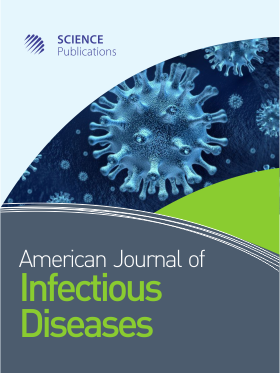Human Insulin Modulation of Escherichia coli Adherence and Chemotaxis
- 1 Midwestern University, United States
Abstract
Escherichia coli exhibited increased hydrophobicity and mannose-resistant epithelial cell adherence after growth in the presence of human insulin (2 μU mL-1 or 200 μUmL-1 insulin, respectively) with glucose (100 mg dL-1). Capsule production and hemagglutination were unaffected by insulin and glucose. Chemotactic attraction to glucose as compared to insulin or glucose alone was enhanced by the presence of insulin. Insulin alone (200 μU mL-1) was a chemorepellent and inhibited flagellar tethering to glass. These findings indicate that human insulin can modulate E. coli’s expression of factors associated with pathogenesis in a manner that is modifiable by the presence of glucose.
DOI: https://doi.org/10.3844/ajidsp.2006.197.200

- 5,719 Views
- 4,666 Downloads
- 23 Citations
Download
Keywords
- Human insulin
- uropathogenic E. coli
- adherence
- chemotaxis
